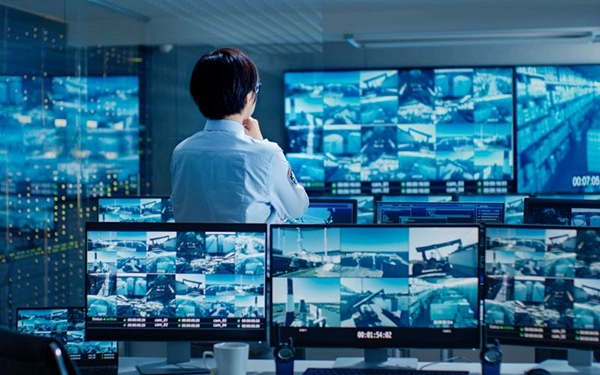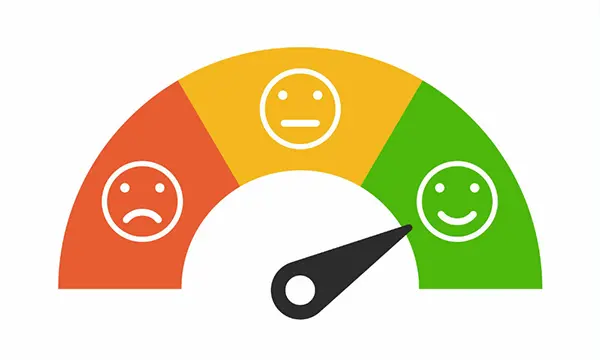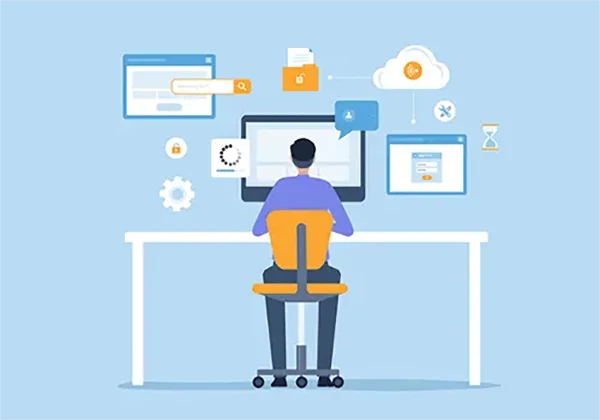Technological advancements have been rapid, requiring a stronger need for efficient monitoring and management solutions due to increasing reliance on remote work and digital infrastructure.
This is particularly significant in organizations that operate in the digital era, where any downtime or malfunctioning can hurt productivity, security, and consumer satisfaction significantly.
Remote Monitoring and Management (RMM) is a technology that lets IT professionals monitor and manage multiple client networks and devices from a central location.
It aims to provide efficient, comprehensive, and proactive IT management, which can help minimize downtime, improve network security, and increase overall productivity. This is something companies of all sizes are increasingly dependent on.
This article will highlight the top reasons why organizations should invest in remote software analysis, as well as its essentialism to the success of every company.

The ability to get real-time notifications and monitor devices from any location is one of the main benefits of remote system monitoring and management systems. That means if it is broken or threatened by a cyber-attack, IT staff can be notified instantly.
Remote monitoring allows IT personnel to address potential problems before they result in serious downtimes or data breaches.
Aside from saving time, this also reduces the chances of expensive negative results. Remote monitoring also promotes continuous supervision so that any potential issues are identified promptly and fixed, allowing the organization’s systems and data to remain secure and functional.

It lets IT staff automate tasks, therefore reducing their workload and increasing productivity. Software updates, security upgrades, and data back-ups are among the activities that can be covered by automation technologies, freeing up this time for other IT workers on more important duties.
This guarantees uniformity in all devices, coupled with reduced possibility of human errors, which might result in system crashes or security compromises.
Through automation, IT technicians can remotely resolve troubles and other defects which consequently reduces the need for site visits, leading to minimal downtime.

Another point is remote device monitoring and management may be an inexpensive solution for businesses.
The capability of electronically supervising and operating systems eradicates the need for onsite IT support, hence reducing travel expenses as well as maintenance costs.
In addition to that, it enables organizations to optimize their IT resources by managing centrally all of them together with every device as well as systems.
Consequently, proactive surveillance and automation will aid in preventing expensive downtimes and data breaches, saving money for the institution in the long run.
It is possible, therefore, that through remote infrastructure management and surveillance, they could get the most out of their IT resources while at the same time cutting down on expenditure by Device and Equipment Procurement.
Fun Fact!
According to a report from Flex Jobs, more than 25% of Americans are going to work remotely!

Productivity and customer satisfaction also increase through remote device monitoring and control. Since the tools are frequently monitored and managed proactively, employees can continue working without interruptions.
It also results in more satisfied customers since there is a low risk of service outage or data breach.
Moreover, web-based administration facilitates instant troubleshooting and resolution, reducing the effect on production as well as customer experience.
This eventually leads to improved productivity, making the customers loyal to the organization, and hence increasing its profitability.

Another key benefit of remote device monitoring and control is increased productivity and customer satisfaction.
With ongoing vigilance and proactive management, equipment and systems are less likely to encounter downtime or malfunction, allowing employees to continue working uninterrupted. This also leads to higher customer satisfaction because there is less danger of service outages or data breaches.
Also, administration of this kind allows for fast resolution of problems related to production, thereby minimizing impacts on clients’ experiences.
This can translate into improved productivity as well as loyalty from customers, consequently benefiting an organization’s profitability.
Did You Know?
The research performed by Comodo One says that the market size of RMM is expected to grow up to $242.45 Billion in 2024!
Any business must be carried out using internet-based access when it comes to device monitoring and surveillance.
Time, money saved, and expensive pitfall risks are reduced by instantly alerting one via real-time alerts for recurring activities automatically triggered by the system or cyber-attacks.
For instance, this allows one to identify issues via satellite, thus increasing efficiency as well as customer satisfaction.
Remote device management and tracking can improve IT operations, and productivity, as well as staying ahead of others in this fast-paced digital world. This eventually gives it a competitive advantage, leading to success throughout the organization at large.